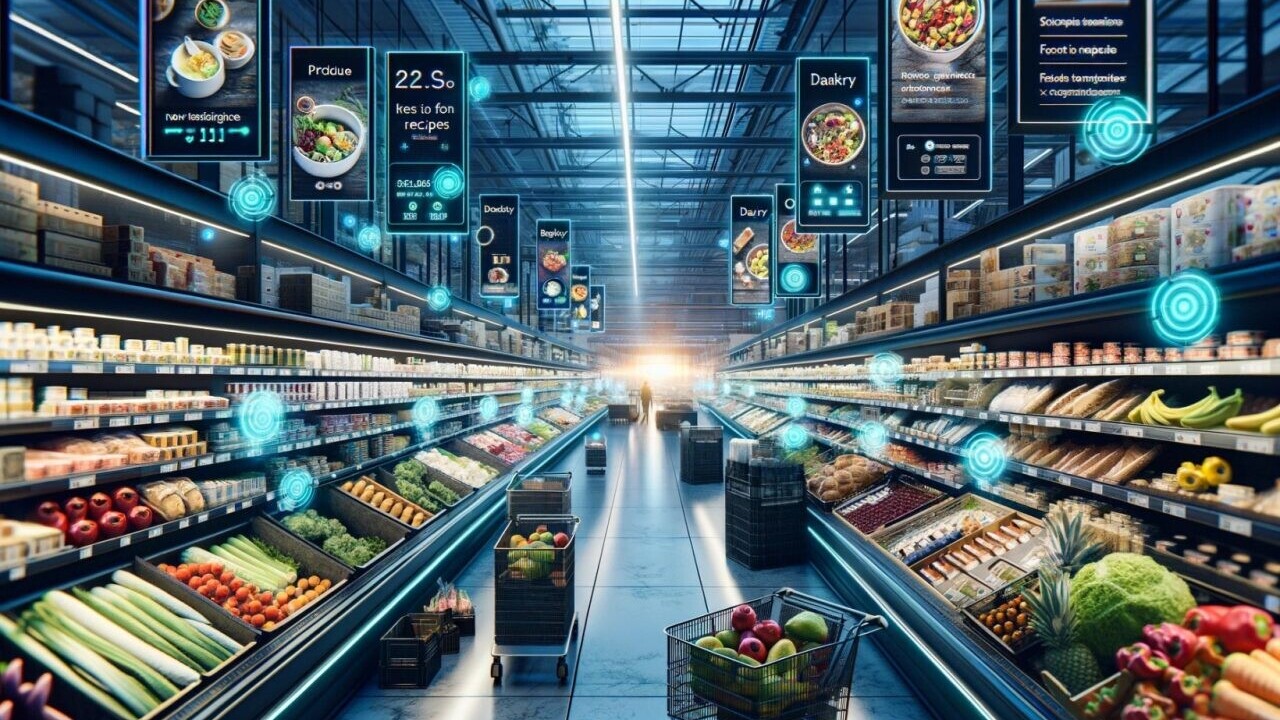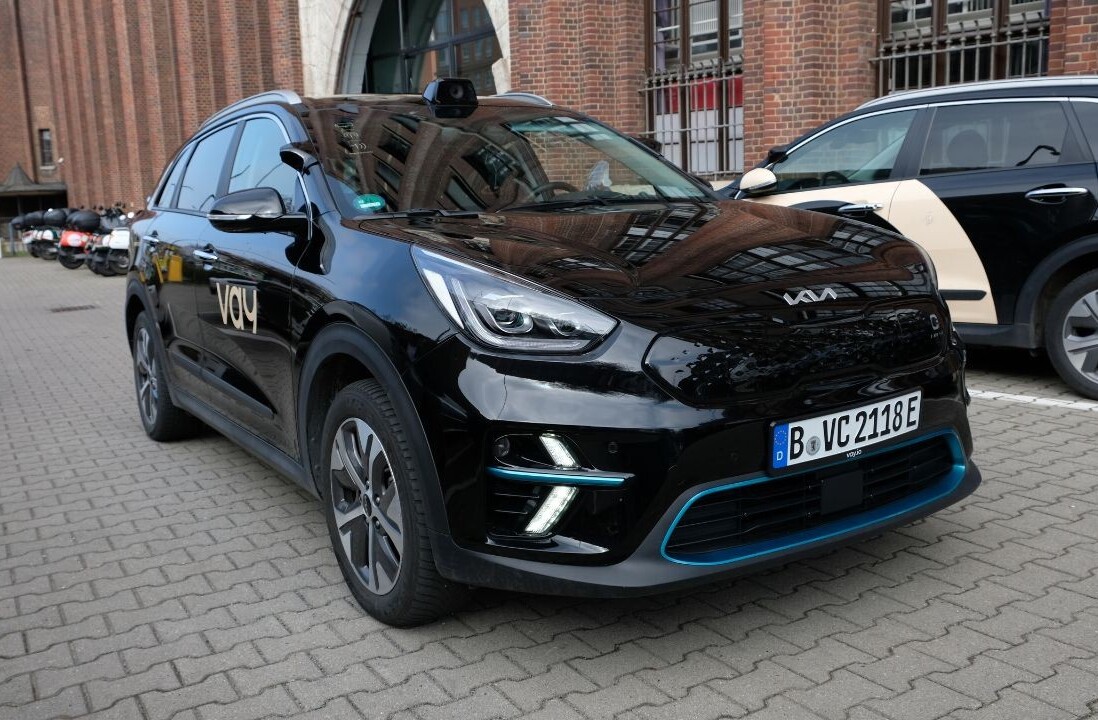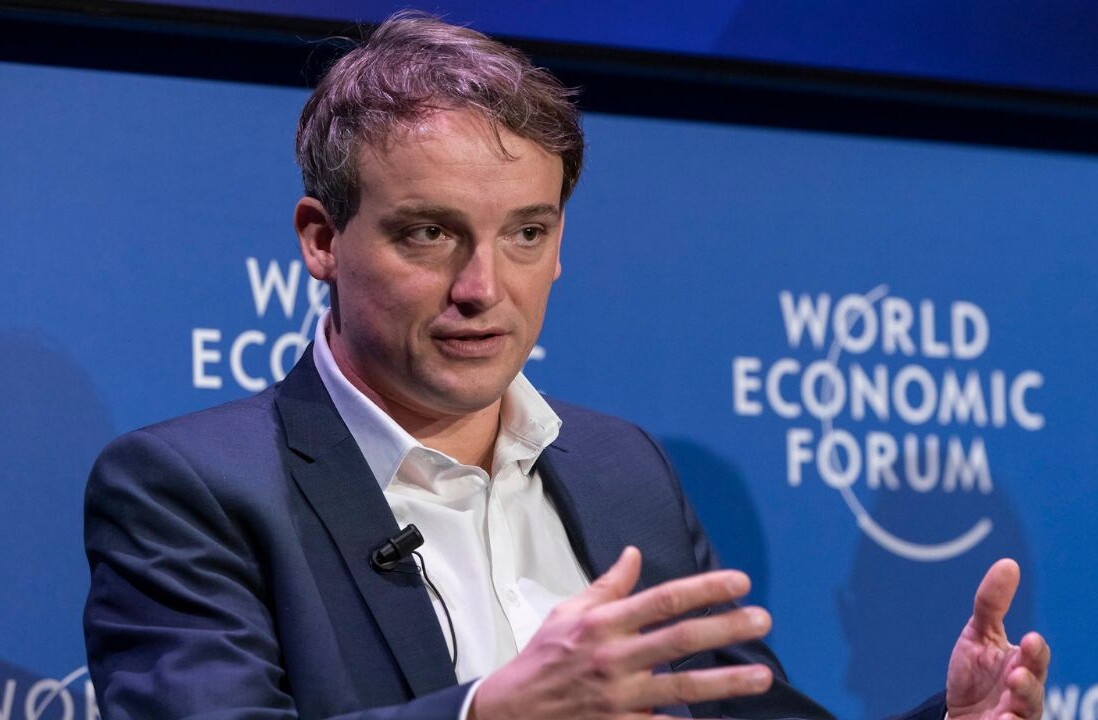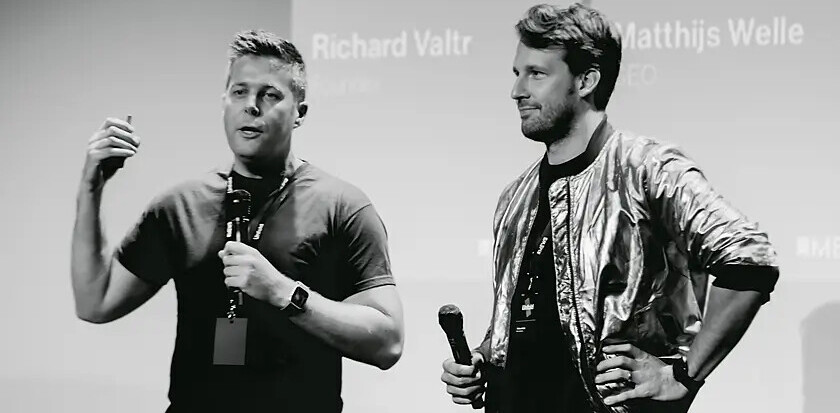
A supermarket deep in rural Germany had a problem. Far from the ample workforce of the nearest city, the shop was staffed largely by local teenagers still at school. The kids were motivated but inexperienced, says Avik Mukhija, co-founder of retail tech startup Freshflow. He declines to reveal the shop’s exact location.
When ordering fresh produce each day, the adolescent employees tended to over-stock for fear of running out of fruit and veg. That led to unnecessary waste as some unsold produce inevitably went bad in store.
But then the shop’s managers turned to a machine learning system from Freshflow that can make predictions about how much fresh food customers will buy in the coming days — and suggest what stock to bring in, accordingly. With this tool at hand, the amount of produce wasted at the supermarket dropped sharply, by nearly 30%.
“Those are the best waste reduction rates we’ve achieved so far,” says Mukhija. Freshflow currently employs 15 people and has raised €3 million. The company’s software is live at multiple shops owned by two regional grocery chains in Germany, and pilot deployments in France are also underway.
Trim your (food) waste
Fresh produce managers in supermarkets and small local shops have long had to decide for themselves how many apples, strawberries or potatoes they need to order, simply to keep up with demand. But demand is constantly in flux. In-store promotions, public holidays, the condition of stock already on shelves, and the weather — all these things can shape sales. The person ordering fresh stock needs to get their numbers right, every day.
In the EU, around 60 million tonnes of food waste — with a market value in excess of €1 billion — is generated every year. The vast majority of the waste comes from households, with retailers such as supermarkets make up a relatively small chunk of the pie. However, retailers are still expected to reduce their contribution to the food waste problem, according to the European Commission.
A new fleet of startups claims there is a better way to manage the flow of fruit, veg, meat, and fish into and out of stores — technology that can both reduce waste and boost profits. These firms argue that artificial intelligence (AI) and fine-grained data about the shelf-life of stock could shake up the food retail industry.
Data, data, and more data
“On average, we can reduce waste by 20-25% and we can increase revenues up to 3%,” says Mukhija. Freshflow also tracks how often product managers follow the recommendations made by its software – close to 90% of the time, at present, according to Mukhija.
The system soaks up any data that Freshflow can get its hands on. Not just the weather but also near-real-time sales numbers, or how certain promotions, such as buy-one-get-one-free offers, have performed in the past. The software can compare stores’ performance, in terms of wastage, and also highlight which products are selling best at any one time.
Mukhija claims that they did not design Freshflow to take over the human role of fresh produce manager. “This is something that we feel very strongly about,” he says. “We will never replace the fresh produce manager. We will only enhance their abilities.”
It’s a job that requires “art”, he adds — more than he and co-founder Carmine Paolino realised when they originally launched their company. The fresh produce manager often comes up with novel ways of displaying or promoting the fruit and veg on sale, for instance, in an effort to appeal to their local customer base. That varies from store to store and Freshflow’s software isn’t designed to take over that role — it’s just meant to make decision-making around ordering produce easier, since there are so many different factors to consider.
Do you smell gas?
Other startups are focusing on how to track the freshness of food automatically. “We invented a gas-sensing technology,” says Max Grell, co-founder and chief executive of BlakBear, a London-based firm with 11 employees that has raised £2.3 million in funding, not including undisclosed grants and additional private funds.
Grell explains that BlakBear’s tiny sensors, which he says will cost mere pennies to manufacture at scale, sit inside packaged food — think packets of fresh fish or meat, key sources of protein. The sensors detect subtle changes in the atmosphere within those sealed packets as the products age.
Grell declines to specify exactly what gases the sensor detects beyond saying that it includes ammonia, volatile organic compounds, and carbon dioxide. If the sensors detect an uptick in gases indicative of spoilage, they can communicate the possible deterioration of the product via wireless RFID or Bluetooth communications.
“We’ve spent a long time working on protein because protein’s super expensive,” says Grell. “It can make people sick. It smells really nasty when it’s bad.”
Currently, BlakBear is working with two major retailers in the UK, says Grell, though he declines to name them. The firm is also deploying its technology in the US. By 2025, Grell aims to have “millions” of sensors out there in packets moving across food supply chains.
Replacing the use-by date
For now, the sensors are going into a sample of packets rather than every single one, as a way for retailers to keep an eye on the overall quality of consignments. But Grell says his firm’s ultimate goal is much bigger: “The vision for us is we replace the use-by date.”
That would mean every packet of fresh fish or meat, for example, coming loaded with a sensor able to confirm to the customer — via a quick scan with a smartphone app — that the product is fresh. Such a system could also provide a packet-specific estimate of how many days are left before it spoils.
Grell says that not having to bin items just because they have passed their use-by date, when they might actually be perfectly edible, could greatly improve how retailers manage their stock and help them curtail waste. “If you can add a day of life to your product […], you cut the waste by a quarter — it’s massive,” he says.
“It’s a huge change that’s emerging,” says Patrick Brandtner, of the University of Applied Sciences Upper Austria, referring to the rise of high tech tools targeting demand forecasting in food retail. Covid-19, inflation, and the dominance of giants such as Amazon are all reasons why many retailers currently feel they must up their game, he explains.
Demand prediction
Brandtner and colleagues have experimented with their own predictive analytics technologies for retail, including in the fresh produce space. Brandtner mentions that he has worked with large supermarket chain Aldi, for example. The data he and his fellow researchers gathered in recent years revealed huge shifts in purchasing behaviour during Covid-19 lockdowns. That is to be expected but he points out that such information could be used to predict consumer activity in the future if a new, similarly disruptive, epidemic or pandemic emerges.
Brandtner praises Freshflow and BlakBear for their efforts at more accurately predicting real demand and tracking food freshness, respectively. However, he notes that users should treat AI tools with caution. Demand forecasting systems might get their predictions right much of the time but if they fail in situations where footfall or customer behaviour just happens to diverge from the norm, then their benefits could be limited.
“Once implemented, it does not mean that it will always run smoothly, it has to constantly be monitored,” says Brandtner.
Harvest fare
Machine learning tools aren’t just influencing what retailers decide to buy in, they’re also in the hands of suppliers. Mihai Ciobanu is founder and director of Fresh4cast, which currently has a staff of two people. The firm has raised £800,000 so far.
Fresh4cast is active in Europe and the US and Ciobanu says suppliers moving 350,000 tonnes of food annually are using its technology. This ranges from fresh blackberries to prepared soups and salads. The Fresh4cast system allows users to experiment with “what ifs”, says Ciobanu.
A supplier might use the system to simulate what would happen if they bring a retail promotion forward in time, for instance. The supplier might then suggest this approach to their customer, the retailer themselves.
Some data that could influence sales, such as the weather forecast, the software sucks up automatically, whereas information about the sudden failure of a crop, the software user might consider on the fly.
To take an example, say there’s a smaller-than-expected harvest of raspberries. The supplier might use Fresh4cast to estimate how much more effective it would be to sell the available raspberries in smaller punnets for the remaining months of the season, thereby reaching a higher number of individual customers despite having less fruit on hand than they thought they would.
“These decisions have to be taken so fast in fresh produce that, without a good, robust model, everyone would have to rely a lot on their hunches,” says Ciobanu.
While retailers ultimately decide how much to buy and how to promote it, suppliers can influence that decision-making. There’s a good reason, too, as Ciobanu puts it: “Everyone stands to win if you get it right.”
Get the TNW newsletter
Get the most important tech news in your inbox each week.




